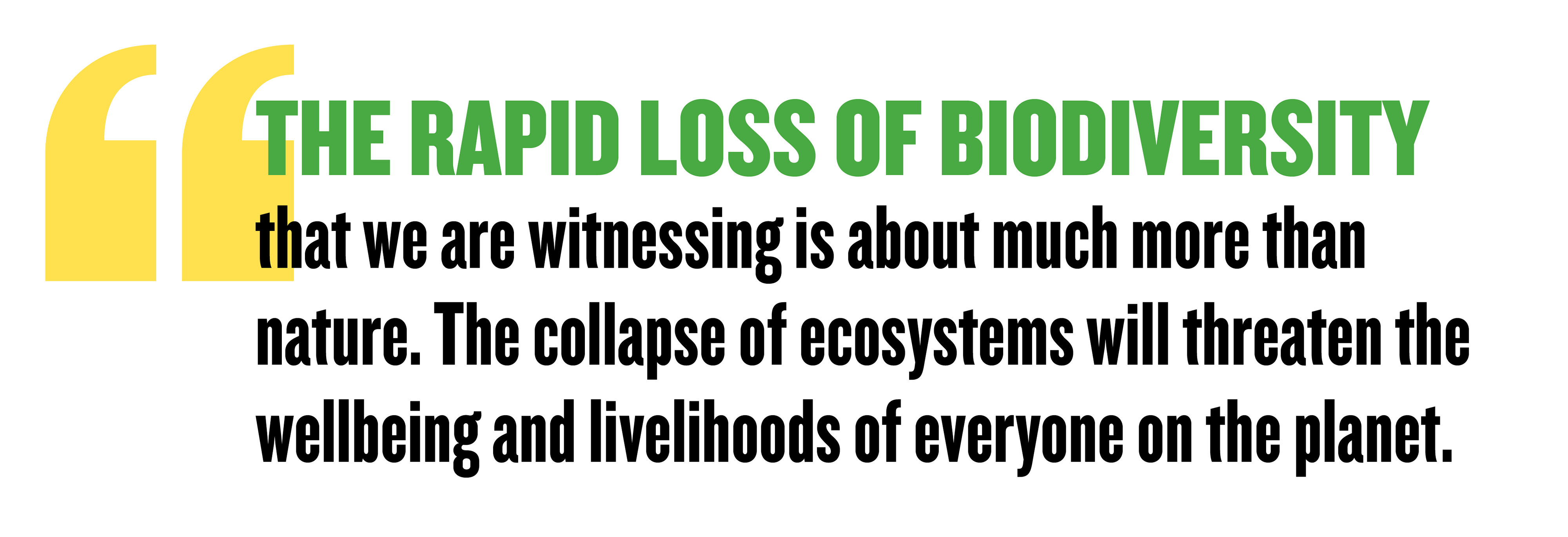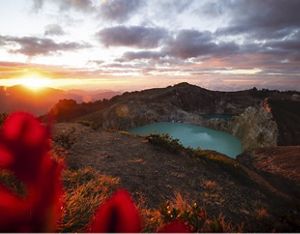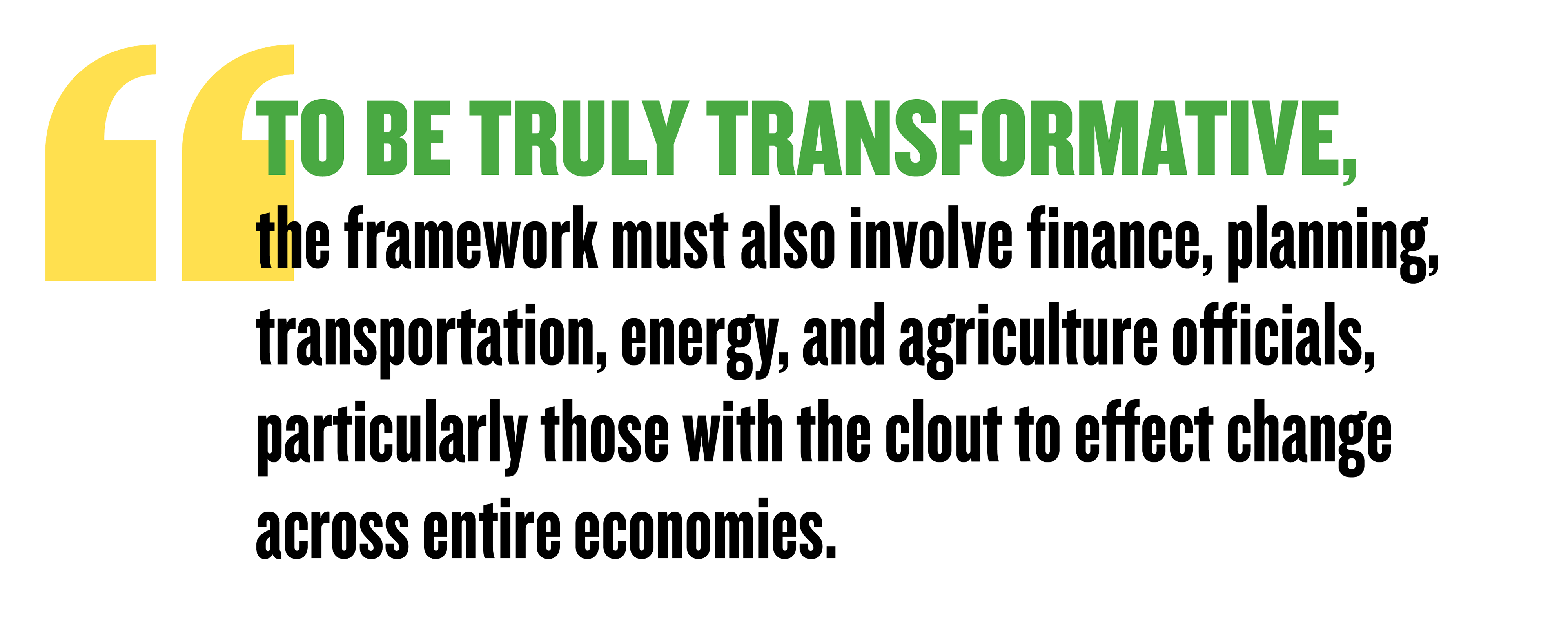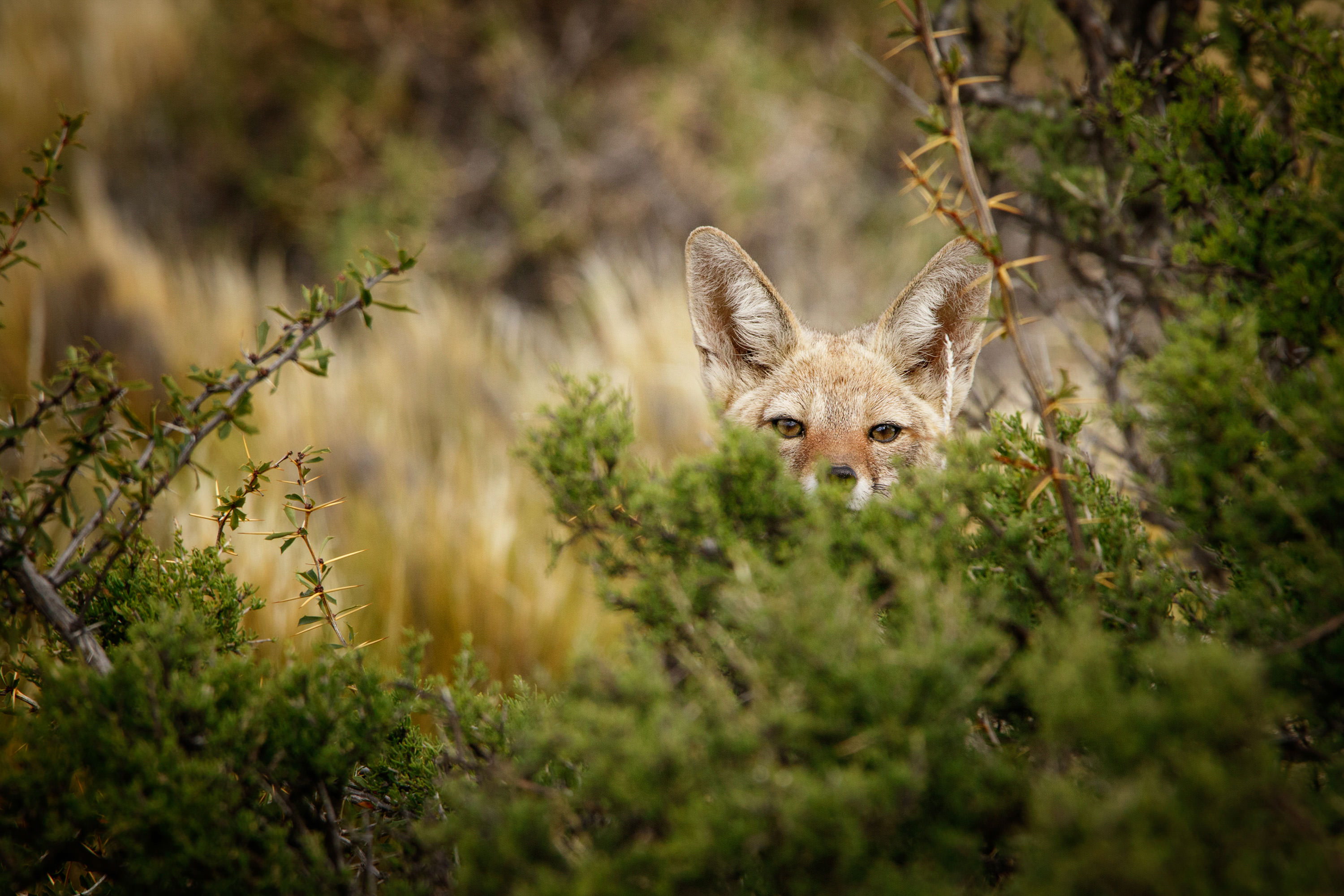A Transformative Deal for Nature
A new Global Biodiversity Framework could mark a turning point in how we manage our relationship to nature.
This piece is available to read in Spanish on Project Syndicate (possible paywall).
In 2022, representatives of the 196 countries that are party to the United Nations Convention on Biological Diversity (CBD) will gather in Kunming, China, to finalize a new Global Biodiversity Framework. Like the 2015 Paris climate accord, this new agreement could mark a turning point in how we manage our relationship to nature.
But biodiversity advocates must learn an important lesson from climate activists. Global climate action gained momentum only after it became clear that the issue was about more than the environment, and would require a transformation of transport, energy, agriculture, infrastructure, and many industries. Likewise, the rapid loss of biodiversity that we are witnessing is about much more than nature. The collapse of ecosystems will threaten the wellbeing and livelihoods of everyone on the planet. Accordingly, the CBD must move beyond traditional notions of “conservation” to engage with all relevant sectors of the economy and civil society.

Since its creation following the 1992 Rio Earth Summit, the CBD has been largely successful in pushing countries to establish new protected areas, such that nearly 15 percent of global land areas are now under some sort of park designation (though the share of protected marine areas is much smaller). But despite this relative success, biodiversity loss has continued, suggesting that the creation of nature refuges is necessary but not sufficient. To slow and halt the rapid decline of species and habitats, we must address how human societies manage land and seascapes and the resources that are being extracted from them.
As matters stand, all of our economic incentives are geared toward encouraging activities that drive biodiversity loss. Agriculture, infrastructure, and urban areas are all rapidly expanding, as are extractive industries like forestry, mining, and fishing. In addition to converting landscapes directly, these practices can disrupt natural habitats and degrade much larger areas, by creating access points for illegal hunting, logging, and other activities. Pollutants, runoff, and industrial and agricultural water usage cause still more damage.
A mere 5 percent of the planet’s land surface remains unaltered by human activities, and that share is likely to shrink further unless we institute changes soon. A recent study by scientists from The Nature Conservancy (TNC) finds that if current trends hold, the construction of roads and energy infrastructure (including renewables), together with mining and agriculture, threatens to double the conversion of remaining intact wild areas in Latin America, and to triple converted lands in Africa by 2050.


Responsibility for protecting the natural world has traditionally fallen to environment ministries, park managers, and conservationists, all of whom will be at the negotiating table next year. But to be truly transformational, the post-2020 Global Biodiversity Framework must also involve finance, planning, transportation, energy, and agriculture officials, particularly those with the clout to effect change across entire economies.
Agriculture ministries, for example, are critical for maintaining natural habitats and protecting biodiversity corridors for pollinators and other wildlife. To slow habitat conversion, governments can make agricultural subsidies conditional on environmental considerations, and require foreign agribusinesses to prove that imports are produced without converting natural habitats.
Similarly, energy generation, transportation, and infrastructure are all major drivers of biodiversity loss, requiring more robust planning and mitigation efforts by ministries far beyond those charged with conservation. Whether by regulation or incentives, governments must do more to minimize the impact of these activities on nature. And when avoidance is impossible, projects should be required to compensate for biodiversity loss by investing in the restoration of degraded or deforested lands. To that end, the new framework should establish guidelines for how specific sectors can improve over time.

Ensuring real accountability and transparency requires a clear agenda. But what, specifically, should countries be accountable for? TNC has proposed a metric based on the “net gain for nature,” which would enable parties to show year-on-year improvements in the condition of natural habitats, and of biodiversity within production landscapes such as agricultural lands.
Admittedly, this kind of indicator is harder to measure than are more standard benchmarks such as protected acreage. But with new low-cost spatial technologies such as geographic positioning systems (GPS), geographic information systems (GIS), and remote sensing, the data needed to measure progress is well within reach. Ideally, we would assess the conditions of every habitat at a global scale, forming a detailed understanding of all ecosystems. And with these data, we could then monitor progress in habitats by country, ecoregion, or biome.

Saving nature is not a task for government alone; it must be a whole-of-society effort. Even with optimal legislation and enforcement, governments probably cannot eliminate all of the main drivers of biodiversity loss. Support from business, local governments, Indigenous communities, civil-society groups, and faith-based organizations will be essential. A sector-based approach that supports “net gains for nature” can be a platform whereby all stakeholders will make voluntary commitments to our broader goals.
The international community has less than one year to negotiate a framework capable of transforming our relationship to nature. If governments want the CBD meeting in Kunming to be a turning point, they will have to engage in the hard work of overhauling how we manage our land and sea resources through all stages of extraction, production, and consumption. That can happen only if negotiators recognize that the Global Biodiversity Framework is not just a matter for environmentalists.
Originally Posted on Project Syndicate
January 15, 2020
Global Insights
Check out our latest thinking and real-world solutions to some of the most complex challenges facing people and the planet today.



